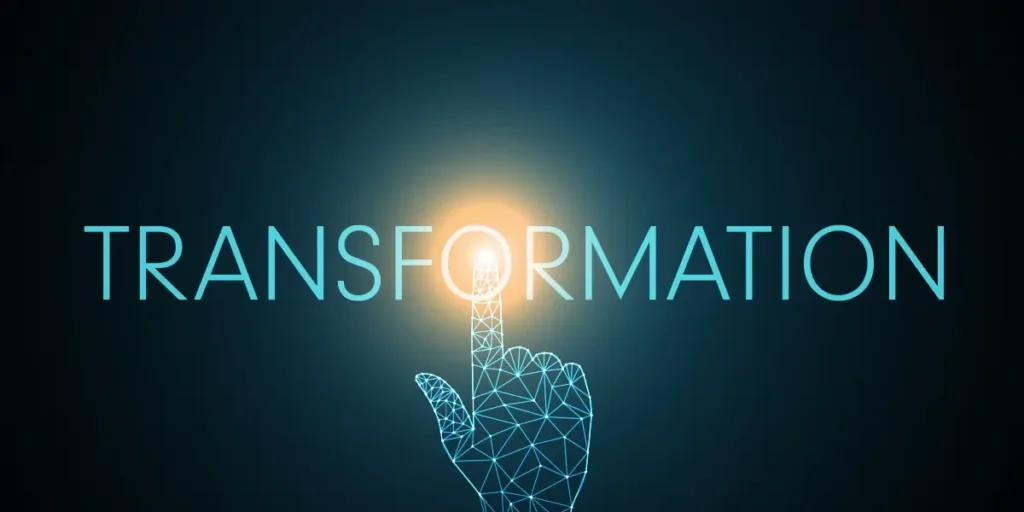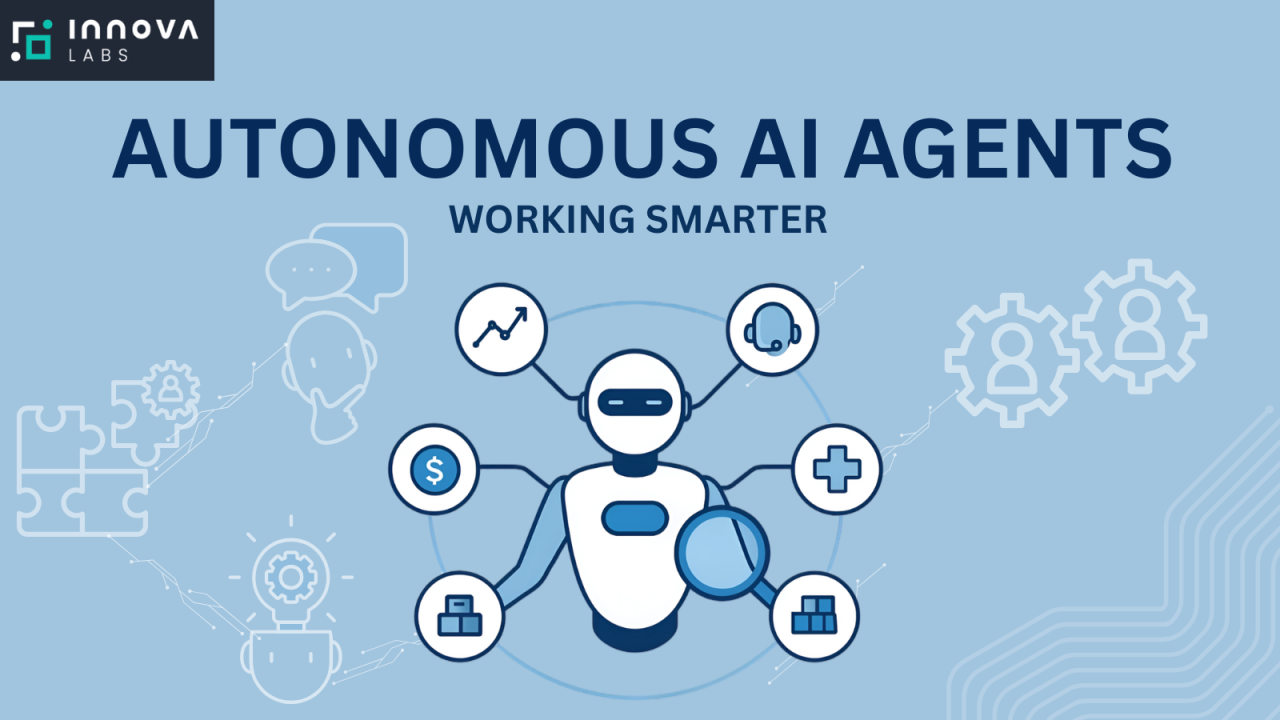OpenAI and NVIDIA partnership: building the compute backbone for the next era of AI
The relationship between OpenAI and NVIDIA has quietly matured over the past decade from a vendor–customer dynamic into a strategic, almost symbiotic partnership. What began as early experiments with NVIDIA’s DGX servers has evolved into a far-reaching alliance that—if recent announcements hold—will reshape how large-scale AI models are developed, deployed, and commercialized. This article examines the origins of the partnership, what the current deal entails, the technical and economic implications, potential risks (regulatory and logistical), and what it means for the AI ecosystem going forward.
Origins: hardware, hunger, and a decade of co-evolution
OpenAI’s meteoric rise—from research group to the company behind ChatGPT—has been driven by rapid advances in model size and training data that in turn created voracious demand for specialized compute. NVIDIA, the dominant supplier of GPUs optimized for machine learning workloads, became the natural partner. The collaboration dates back to the mid-2010s: NVIDIA supplied early DGX-class systems to research teams (OpenAI included) and over the years both organizations iterated their hardware and software stacks to better serve emerging large-model training patterns. That co-evolution—software pushing hardware requirements, hardware enabling larger models—set the stage for a much deeper alignment. NVIDIA Blog+1
The 2025 strategic pact: headline terms
In September 2025 the companies announced a major strategic partnership to deploy massively scaled NVIDIA systems for OpenAI’s next-generation infrastructure. The core, publicly stated elements are:
-
At least 10 gigawatts (GW) of NVIDIA-powered AI data-center capacity to be deployed by OpenAI across multiple sites. This is an enormous amount of compute capacity—measured in power draw rather than just GPU count—and represents an explicit plan to scale to “millions” of GPUs over time. NVIDIA Newsroom+1
-
Up to $100 billion in progressive investment from NVIDIA into OpenAI, to be made as the NVIDIA systems are deployed (phrased by the companies as an investment tied to deployment milestones). That capital can include direct equity investments, chip purchases, and other commercial arrangements. Reuters+1
-
Long-term co-design and supply guarantees—NVIDIA will align parts of its roadmap (hardware, systems, software like the Vera Rubin platform) to meet OpenAI’s scale requirements, while OpenAI gets prioritized access to NVIDIA’s next-generation systems and potentially flexible purchasing/leasing options. NVIDIA Blog+1
These announcements were positioned as both a business arrangement and an infrastructure plan: OpenAI secures the supply and capital needed to train and operate very large models; NVIDIA secures a deep, high-profile customer and an anchor partner that helps justify massive production of data-center GPUs.
Why 10 GW matters (and why we should care about GW, not just GPUs)
GPU vendors and cloud providers often talk in terms of chips or racks. The OpenAI–NVIDIA framing in gigawatts is important because power draw dictates real-world limits on deployment: cooling, electric supply, datacenter siting, and sustained cluster operation. Ten gigawatts is not “some GPUs”—it’s a national-scale power demand in many contexts and would require coordinated investment in data-center real estate, utility upgrades, and logistics.
Expressing the deployment target in gigawatts also signals ambition about sustained, operational-scale AI: training next-generation foundation models (and then serving them) requires continuous power and infrastructure resilience. If realized, such capacity would meaningfully change the global distribution of AI compute and raise new questions about supply chains and energy consumption. NVIDIA Newsroom+1
Technical implications: hardware, software, and co-design
The partnership isn’t merely about buying many GPUs. Several technical themes stand out:
-
Tighter hardware–software co-design. OpenAI’s models push hardware requirements in memory, interconnect bandwidth, and sparsity patterns; NVIDIA’s systems (and software like CUDA, cuDNN, and systems-level orchestration) must evolve to match. Co-design increases efficiency—more model per watt—and accelerates innovation cycles. NVIDIA Blog
-
New system classes (e.g., Vera Rubin). NVIDIA’s public materials reference platforms designed for hyperscale training. Having a named platform and a committed customer means these platforms will be optimized around OpenAI’s workloads—resulting in specialized system features (fast host–GPU interconnects, higher GPU-to-GPU bandwidth, and optimized software kernels).
-
Supply chain and logistics improvements. Shipping, racking, integrating, and maintaining “millions of GPUs” is nontrivial. The partnership implies investments not just in chips, but in global logistics, data-center builds, and operations playbooks.
-
Possible shift toward leasing/managed models. Some reporting suggests OpenAI may lease or have flexible procurement arrangements instead of buying all hardware outright—NVIDIA’s investment and willingness to buy unused capacity in some deals points to creative financing structures. Tom’s Hardware+1
Overall, expect marginal improvements in throughput per watt and new architectures tuned to the particular demands of very large language and multimodal models.
Economic and market effects
A partnership of this scale reshapes more than the two companies involved:
-
GPU market demand spikes. A guaranteed anchor customer buying at this scale compresses supply for other enterprises and clouds, potentially raising GPU prices or redirecting inventory. That could accelerate buildouts by other providers but also increase short-term competition for chips. Analysts and logistics professionals have highlighted how such deals stress upstream manufacturing and transportation. Logistics Viewpoints
-
Capital flows and valuation dynamics. NVIDIA’s investment signals confidence in OpenAI’s future growth and monetization but also ties NVIDIA’s business closely to OpenAI’s success. The structure—mixing chip sales, investments, and potential equity—creates intertwined incentives. Financial commentators flagged antitrust and circular-financing concerns, especially when multiple companies both invest in and sell capacity to one another. Reuters+1
-
Competitive responses. Cloud incumbents and chip rivals will respond—either by accelerating their own hardware plans, entering new partnerships, or doubling down on offering differentiated services (e.g., hardware-agnostic model hosting or unique enterprise integrations).
Regulatory and antitrust considerations
The deal’s size and vertical integration invite regulatory scrutiny. Key concerns regulators may evaluate:
-
Market concentration. If NVIDIA becomes both the dominant supplier and a major investor in a leading model developer, regulators may worry about reduced competition in GPU supply or preferential treatment.
-
Exclusive access and fairness. Prioritized access to next-generation chips by a single firm could be seen as disadvantaging other model developers or cloud providers.
-
Circular financing and systemic risk. When hardware manufacturers, cloud providers, and AI developers cross-invest and create reciprocal buy/sell obligations, it raises questions about transparency and systemic exposure in turbulent markets. Reporting about related large deals (e.g., with other infrastructure players) has already raised such concerns. Reuters+1
Regulators in multiple jurisdictions are increasingly focused on the economic concentration of critical AI infrastructure. Expect the partnership to be monitored, and possibly conditioned, by authorities depending on the jurisdictional details and contract terms.
Energy, sustainability, and social impact
Deploying GW-scale AI clusters has environmental implications. While efficiency gains per model step continue to improve, absolute energy consumption will rise if capacity expands rapidly. This raises several questions:
-
Where will the energy come from? Siting data centers near renewable sources or in regions with cleaner grids can help, but capacity builds at this scale may still rely on nonrenewable sources in some regions.
-
Carbon accounting and offsets. Large AI operators will need transparent reporting—how much energy is consumed for training, for inference, and how emissions are offset.
-
Access and equity. Concentrating compute in the hands of a few companies could mean that the benefits (and environmental costs) are unevenly distributed. There are implications for researchers, startups, and nations that lack access to such infrastructure.
Companies often respond with pledges for renewable procurement and efficiency investments, but independent verification and long-term commitments will matter.
What this means for developers, enterprises, and researchers
-
Enterprises can expect more powerful models and improved enterprise-grade integrations from OpenAI—but they may face higher costs or constrained options depending on how compute capacity is allocated.
-
Researchers and startups could benefit if NVIDIA/OpenAI create programs to share capacity or provide tiers of access; conversely, they might face tighter supply and higher GPU costs.
-
Cloud providers and system integrators will adjust: some will partner, others will differentiate via regional presence, specialized software stacks, or competitive pricing.
In short, the partnership could accelerate productization of more capable models while reshaping the competitive landscape for AI infrastructure.
Risks and open questions
Several unknowns remain that observers should watch:
-
Contract details and binding nature. Public announcements often summarize intent—what’s binding, what’s contingent on deployment, and what governance accompanies the investment? The devil is in the contractual details.
-
Timing and deliverability. Shipping and deploying the scale of systems discussed will take years and will be limited by manufacturing, supply chain, site permitting, and power availability.
-
Flexibility of OpenAI’s model choices. How closely will OpenAI be able to optimize its models for NVIDIA hardware without losing portability across other chips and clouds?
-
Regulatory outcomes. Antitrust reviews or conditions could materially alter the economic balance of the deal.
-
Macro effects on the hardware market. Will other chipmakers accelerate innovation (e.g., AI accelerators from other vendors) or will NVIDIA’s position solidify further?
Monitoring these factors will clarify whether the agreement becomes a historic acceleration of AI capability or a complex, politically fraught consolidation.
Strategic takeaways
-
For NVIDIA: This partnership cements NVIDIA’s role not just as a component vendor but as an infrastructural partner—rewarding its investments in systems, software, and scale. The financial upside (both from hardware sales and any equity upside) is clear but comes with responsibility and scrutiny.
-
For OpenAI: A more certain supply of best-in-class systems and significant capital backing lowers one of the biggest constraints on training ever-larger models. But the company will have to manage vendor dependence and public perception around concentration.
-
For the AI ecosystem: The deal is both an accelerant and a stress test. It accelerates model capability timelines, infrastructure investment, and commercialization. At the same time, it tests supply chains, regulatory frameworks, and societal readiness for an era when foundation-model training is effectively a national-scale industrial activity.
Looking ahead
If fully realized, the OpenAI–NVIDIA partnership will create an infrastructure backbone enabling models that are substantially larger and more capable than what’s common today. That could unlock new applications—from real-time multimodal assistants to advanced scientific simulation—but will also demand careful stewardship: transparency, fair access, regulatory compliance, and energy responsibility.
For developers, researchers, and policymakers the imperative is to ensure that such concentrated power produces broad benefits. Practical steps include building open benchmarking, creating capacity-sharing programs for academic and civic projects, and insisting on public reporting of environmental metrics.
The partnership marks a milestone in how compute, capital, and human ingenuity combine to drive AI forward. It is a reminder that breakthroughs at the application layer (better models, smarter agents) are inseparable from breakthroughs at the industrial layer (chips, datacenters, logistics). The next few years will reveal whether this alliance becomes the foundation for a more creative, productive era—or a case study in how technical power concentrates unless actively democratized.
Sources & further reading
Key public reporting and company statements used to prepare this article include NVIDIA’s announcement and blog post about the strategic partnership, Reuters and AP coverage of the investment, and analyses on the implications for datacenter logistics and market dynamics. For the most important factual claims about the 10 GW target and NVIDIA’s up-to-$100B progressive investment, see the joint company material and major press coverage. Reuters+4NVIDIA Newsroom+4Reuters+4
For quick updates, follow our whatsapp –
https://whatsapp.com/channel/0029VbAabEC11ulGy0ZwRi3j
https://bitsofall.com/https-yourblog-com-deepseek-r1-model-introduction-disruptive-entry-into-ai/
https://bitsofall.com/perplexity-launches-an-ai-email-assistant-agent/
Meta FAIR Released Code World Model (CWM): A 32B Open-Weights LLM That Thinks About What Code Does
Google AI Research Introduces a Novel Machine Learning Approach







